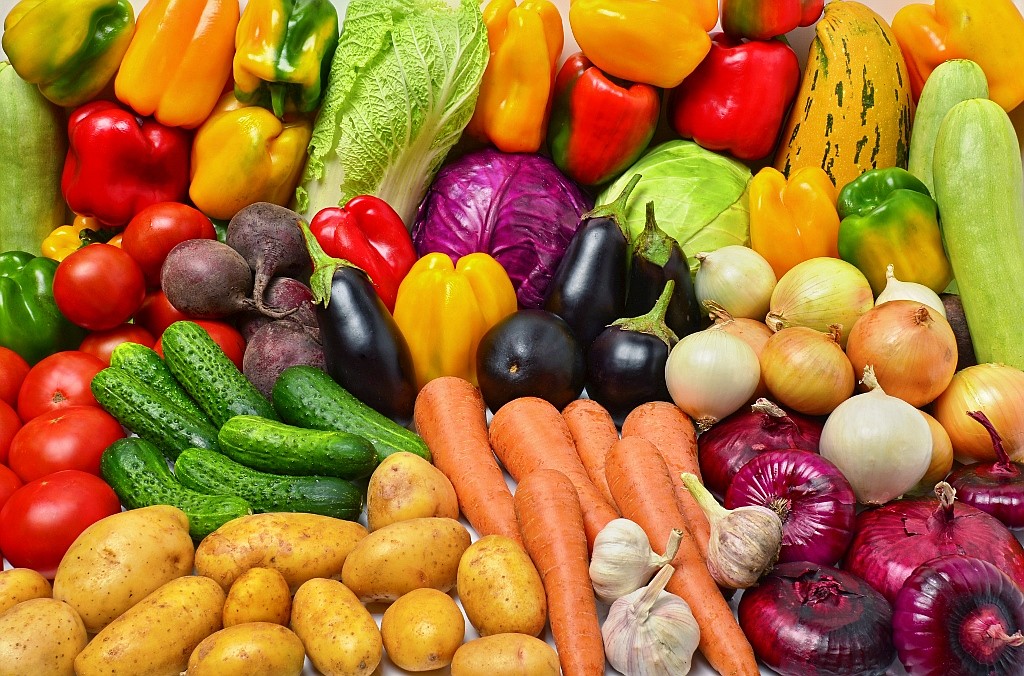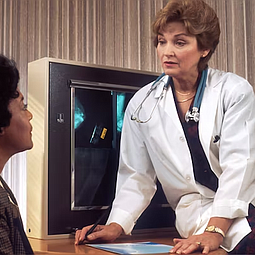Veggie Mania!
October 5, 2015 at 11:28 a.m. | Updated September 19, 2023 at 9:13 p.m.
I have discovered a great new diet. I am going to write a book and make a million dollars! The diet is guaranteed for weight loss, heart and kidney health, blood pressure control, diabetes control and cancer prevention. What’s the secret, you ask? Vegetables!
Americans eat fewer vegetables than we used to, and a lot less than most people around the globe.
How about this: fill half your plate with vegetables, one quarter with protein foods and one quarter with starches. Seems easy, doesn’t it? Can Washington take this on?
The rule for my new million dollar diet is you must eat 10 half-cup servings of fruits and vegetables a day, before you can eat anything else. Think I can get anybody to do it?
The problem with eating more vegetables is our lack of adventurous spirit. The average American eats only eight types of vegetables– carrots, corn, peas, beans, lettuce, onions, tomatoes, and potatoes. How boring!
How can we liven up things and make sure to keep our 10 servings a day interesting? Try cooking two different vegetable dishes for dinner. When you give your family a choice, you will be amazed at how much more likely they are to eat at least one.
Here are some ideas for sneaking vegetables into unexpected places!
1. Add finely chopped carrots, red peppers and broccoli to homemade or low-sodium pasta sauce.
2. Serve an antipasto platter. Leave off the salty meats and instead add your own marinated cauliflower and carrots, fresh green beans and lettuce spears. Serve with commercial Tzatziki (yoghurt & cucumber) dip, which is usually low in sodium.
3. Make a big salad, complete with nuts, cheese, and leftover cold cooked veggies like broccoli, asparagus, peppers or cucumber.
4. Slip slices of sweet red pepper, cucumbers and avocado into sandwiches or pita bread.
5. Dice potatoes, cauliflower, carrots, even okra, and add to homemade soups.
6. Make a veggie pizza for dinner. Make your own crust or buy a precooked, low-sodium base. Top with low-sodium tomato sauce, sliced red peppers, mushrooms, broccoli and sprouts.
7. Serve veggies for breakfast. Tuck asparagus inside an omelet, red peppers and beans in a quesadilla, or broccoli and mushrooms in a quiche.
8. Add layers of zucchini or eggplant and tomatoes and mushrooms to veggie lasagna or moussaka.
9. Serve stir-fry dishes, like vegetable chow-mein.
10. Serve a baked potato with lots of veggie toppings like sautéed mushrooms, roasted red peppers and marinated green beans.
Keep track for a few days and see if you can meet the 10-veggies-a-day challenge!
The information in this column is meant for people who want to keep their kidneys healthy and blood pressure down by following a low-sodium diet. In most cases, except for dialysis patients, a diet high in potassium is thought to help lower high blood pressure. These recipes are not intended for people on dialysis without the supervision of a registered dietitian.
Katy G. Wilkens is a registered dietitian and department head at Northwest Kidney Centers. The 2014 recipient of National Kidney Foundation Council on Renal Nutrition’s Susan Knapp Excellence in Education Award, she has a Master of Science degree in nutritional sciences from the University of Washington. See more of her recipes at www.nwkidney.org.





